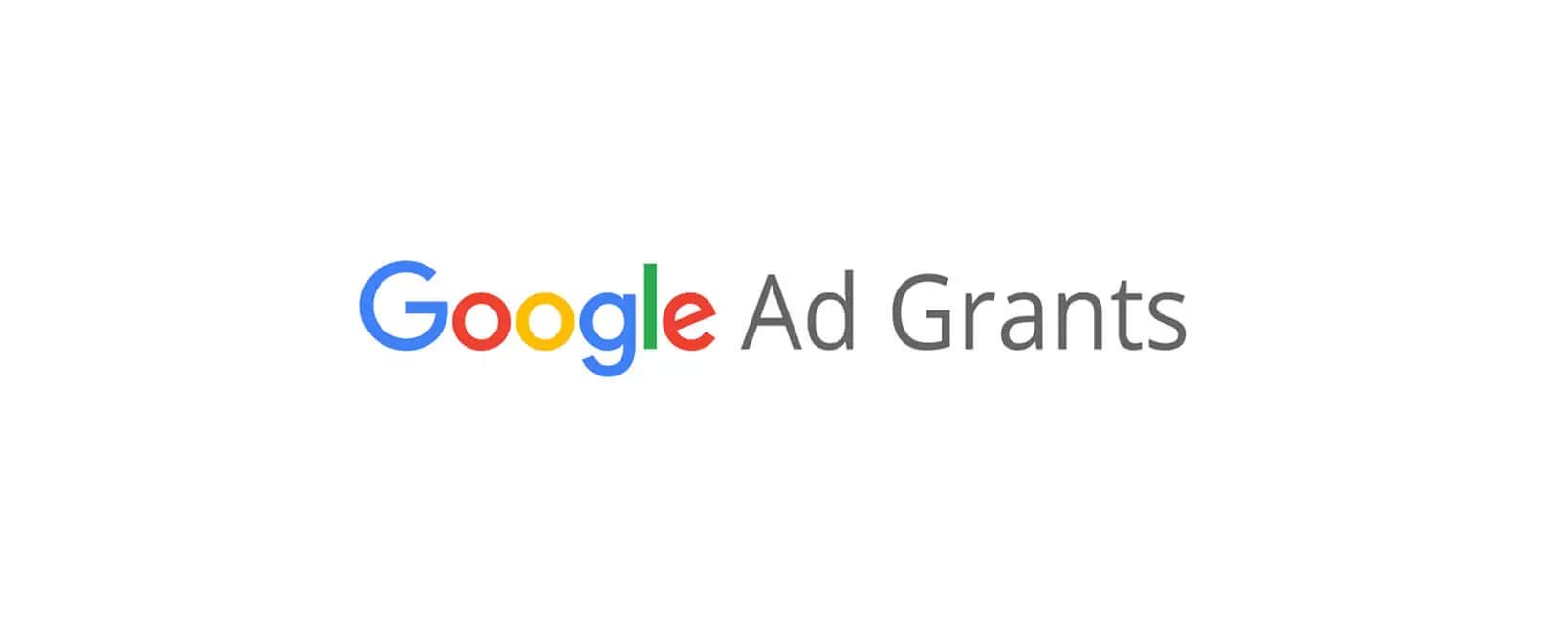ntroduction
Google Ad Grants provides $ 10,000 in in-kind advertising every month for eligible nonprofits to promote their missions and initiatives on Google Search. Recently, a significant update requires that organizations can only promote a single domain. Here’s what you need to know about the updated Google Ad Grants policy and how to leverage it effectively.
Key Changes and Implications
The updated policy entails specific requirements that nonprofits must adhere to in order to maintain their grant eligibility and maximize the benefits. Let’s explore these changes in detail.
Requirement to Use a Single Domain
Nonprofits can now only use their Google Ad Grants to promote a single domain. This aims to streamline the branding and improve the user experience:
- Consistent Branding: Ensures that all traffic is directed to a centralized website, maintaining consistent messaging and branding.
- User Experience: Reduces confusion by having a single destination for all ads, leading to better user engagement.
- Compliance: Avoids complications arising from managing multiple domains, making it easier for nonprofits to comply with Google’s policies.
Impact on Existing Accounts
For nonprofits currently using multiple domains, this update might necessitate adjustments:
- Transition Strategy: Organizations need to consolidate their content and campaigns into one primary domain.
- Review and Revamp: Existing ads should be reviewed and revamped to direct users to the selected primary domain.
- Technical Setup: Ensure that the chosen domain is fully functional, secure, and compliant with Google’s website policies.
Effective Utilization of the Ad Grants
Despite the restriction to a single domain, nonprofits can still effectively utilize the Google Ad Grants by focusing on several key strategies.
Content Optimization
Optimize your website content to enhance visibility and engagement:
- SEO Best Practices: Implement SEO best practices to improve organic search rankings.
- High-Quality Content: Create high-quality, relevant content that aligns with the interests of your target audience.
- Landing Pages: Develop specialized landing pages for different campaigns to improve user experience and conversion rates.
Advertisement Strategies
Strategically plan your ads to make the most out of the Ad Grants:
- Ad Groups and Keywords: Organize ad groups based on specific themes or services to target relevant keywords effectively.
- Compelling Ad Copy: Write compelling ad copy with clear calls to action to capture attention and drive engagement.
- Performance Monitoring: Regularly monitor and optimize ad performance using Google Analytics and Ads tools.
Compliance and Eligibility
Staying compliant with Google Ad Grants policies is crucial:
- Monthly Spend Limit: Adhere to the $ 10,000 monthly spend limit and manage bids effectively.
- Website Requirements: Ensure your website meets all the technical and content requirements set by Google.
- Regular Updates: Keep your website updated with fresh content and maintain a high standard of user experience.
Benefits Despite Restrictions
Even with the one-domain restriction, nonprofits can reap significant benefits:
- Increased Traffic: A well-optimized ad campaign can drive substantial traffic to your nonprofit’s website.
- Enhanced Visibility: Achieve greater visibility on Google Search, reaching a wider audience at no cost.
- Mission Promotion: Amplify awareness about your nonprofit’s mission, campaigns, and events, fostering community engagement and support.
Practical Application: A Case Study
Consider the following example of a nonprofit organization, “Healthy Planet”:
Background
“Healthy Planet” is dedicated to environmental conservation and previously used multiple domains for various projects and campaigns. With the new Google Grants policy, they had to consolidate their efforts.
Strategy Implementation
“Healthy Planet” adopted a comprehensive strategy to align with the new policy:
- Domain Selection: Chose their main domain, healthyplanet.com, as their primary domain for all promotions.
- Content Overhaul: Migrated and optimized content from other domains to the main website.
- Ad Campaign Optimization: Reorganized ad campaigns to focus on the primary domain, ensuring all ads pointed to relevant sections of the website.
Results
Post-implementation, “Healthy Planet” observed several positive outcomes:
- Increased Web Traffic: A 30% increase in web traffic due to a concentrated promotion effort.
- Better User Engagement: Improved user engagement and lower bounce rates with a unified website experience.
- Higher Conversion Rates: Increased donor sign-ups and volunteer engagements as a result of optimized landing pages and ad campaigns.
Challenges and Solutions
Common Challenges
Nonprofits might face several challenges while adapting to the new policy:
- Content Consolidation: Integrating content from multiple domains to a single website can be resource-intensive.
- Technical Hurdles: Ensuring that the primary domain meets all technical and compliance standards.
- Ad Campaign Adjustment: Realigning existing ad campaigns to fit the new structure.
Solutions
Here are some practical solutions to these challenges:
- Detailed Planning: Start with detailed planning to streamline content migration and domain consolidation.
- Professional Assistance: Seek professional assistance for technical optimization and SEO to meet Google’s standards.
- Continuous Learning: Stay updated with Google Ad Grants policies and best practices through webinars and community forums.
Tables and Figures
| Metric | Before Consolidation | After Consolidation |
| Monthly Traffic | 12,000 | 15,600 |
| Bounce Rate | 55% | 45% |
| Conversion Rate | 8% | 12% |
| Ad Spend Efficiency | $ 8/Conversion | $ 5/Conversion |
- Diagram: Shows the workflow for consolidating multiple domains into one primary domain.
- Table: Illustrates key performance indicators before and after the domain consolidation.
Conclusion
The update to Google’s Ad Grants policy requiring the promotion of only one domain presents an opportunity for nonprofits to streamline their online presence and improve their marketing strategies. By focusing on content optimization, strategic advertising, and compliance, nonprofits can maximize the benefits of Google Ad Grants and effectively promote their missions.
Remember, the key to success lies in adapting to the new rules with a well-thought-out strategy that not only complies with Google’s requirements but also enhances the overall impact and efficiency of your online marketing efforts.

